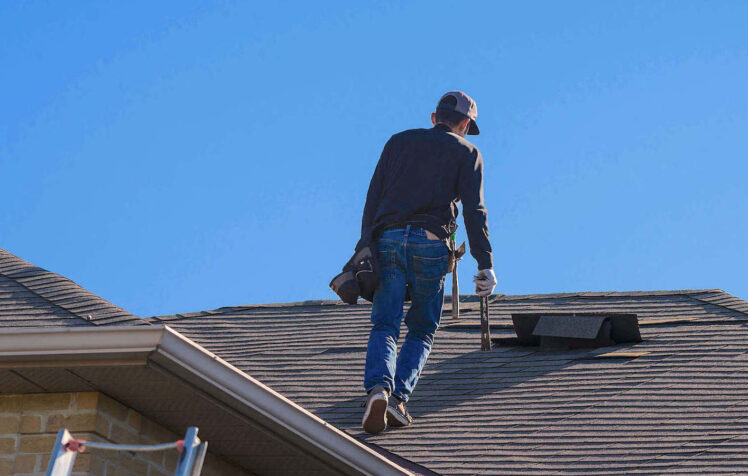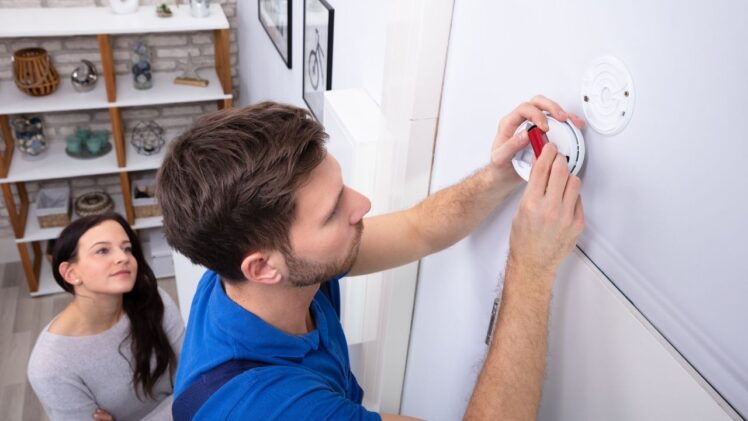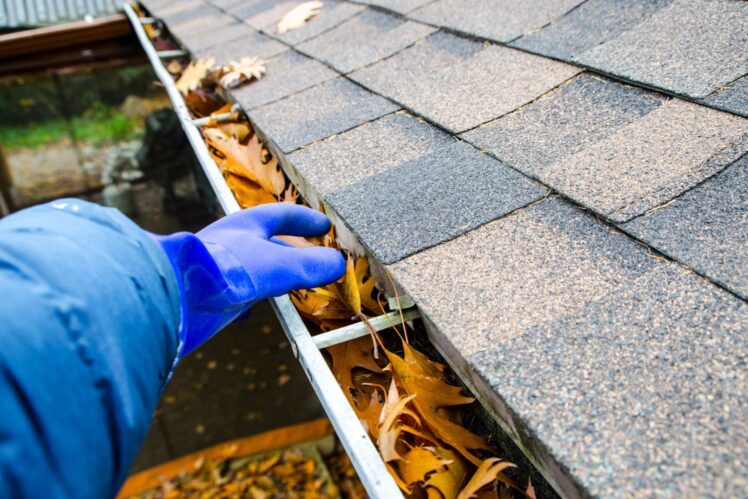Table of Contents
Having a well-maintained home will make your life not only less stressful, but also it will save money on needless repairs. So how can you stop those costly issues by regular upkeep of your home?
This blog post will discuss seven of the most often overlooked tasks associated with your home. These simple tips will make your home maintenance routine easy, prevent problems, and avoid unnecessary and costly dilemmas.
1. Be Sure to Turn Off the Faucets
As a homeowner, you oversee the upkeep, and you must constantly aware everything is in good working order. Thus, it is crucial to be meticulous and take care of minor things quickly before they become serious problems. One of the simplest things you can do is to remember to turn off the faucets when running water. You will avoid costly damage bills if it should overflow. Be mindful of areas wherever there is a water connection, especially in your bathroom and kitchen, as that’s where the most expensive water damage can occur.
2. Inspect Your Roof for Leaks Annually

To maintain the integrity of their homes, homeowners must inspect their roofs regularly for leaks. While having a hole in your roof is a remote possibility, ensuring it can save you money in the long run. Even a minute leak in your roof can quickly become a big problem. Repairing damage caused by a potential water leak is much more expensive than fixing a few shingles. Thus, take a good look at your roof at least once a year and make repairs promptly if necessary.
3. Have Your Home Inspected for Termites Regularly
Termites are wood-destroying pests that can cause extensive damage to your home if left unchecked. These little critters can severely damage your home’s wooden structure, and repairing this damage left behind by termites can be expensive.
Some common signs of termites are hollowed wood, sawdust-like sand around the termite activity area and soft spots in the floor. You should immediately contact a pest control professional if you notice these signs. While some DIY solutions are available, it’s often best to leave these problems to the professionals.
Having termite inspections of your house time and again will help to avoid having to replace or repair wooden structures and household items damaged by them.
4. Test Smoke Detectors Every Quarter

Smoke detectors are devices that detect smoke automatically and alert the resident to its presence. One of the most important things you can do is to test your smoke detectors on quarterly bases. It will only take a few minutes, and it not only may save you money, but it could also save your life. When testing your smoke detectors regularly, you will be sure that they are working in good working order in case of an emergency. So, remember to be consistent in testing your smoke detectors and make it a part of your home maintenance routine.
5. Test Your Sump Pump Every Six Months
The purpose of a sump pump is to remove water from the basement to the exterior of your house. They help to protect your home from heavy rains and rising waters that can cause severe damage requiring costly repairs. Many homeowners need to know the importance of testing their sump pumps regularly. If you have a sump pump, you should check it every six months to ensure it is in working order. And this is how to do it. Fill a bucket with water and pour it into the pump’s pit to test your sump pump. The pump should turn on automatically and remove all the water. By systematically checking your sump pump, you will avoid repairs caused by flooding and keep your home in good shape.
6. Check Weather Stripping Annually

It is crucial to check the weather stripping on your doors and windows annually or whenever you notice a gust of air when they’re closed. Typically, weather strips are long, thin pieces of rubber, metal, or other material that seal a door’s and window’s edges. Weather strips help to keep out drafts that can make your home less comfortable and increase energy bills. Therefore, you should regularly check the weather stripping on all doors and windows, inside and outside your home. You will also need to make repairs if you find them damaged, peeling or torn. Pay particular attention when looking around the windows and doors for gaps, cracks and holes. Even a slight opening can let in cold air, so it’s necessary to seal all openings and replace all the damaged strips as soon as you can.
7. Keep Your HVAC System Running at Peak Efficiency
HVAC stands for heating, ventilation, and air conditioning, which regulate and move heated and cooled air within your home. A well-maintained HVAC system will run at peak efficiency, reducing your energy costs, and prolonging the life of your unit. You can take a few simple steps to keep your HVAC system in good working order. Firstly, be sure to change the air filter regularly. A dirty air filter restricts airflow and makes your system work harder than it needs to. Second, have your unit serviced by a qualified technician at least once a year. It will help to identify any potential problems before they become in need of repairs.
8. Clean Your Gutters Twice a Year

When it comes to giving your home a little bit of tender love and care, spring and autumn are the best times. One area you must remember is your gutters. Clogged gutters can cause problems like water spills, leaks, and even wood rot leading to higher home maintenance costs. Thankfully, keeping your gutters clean is not difficult. Twice a year, grab a ladder, put on some gloves, and remove any leaves or debris. You can always hire a professional if you feel unable to do it.
Final Thought
You will save money and spare yourself a good deal of headaches when taking a few simple steps to maintain your home regularly. These home maintenance tips can help you avoid costly repairs and keep your home always in good shape. Preventative measures are always less expensive than repairs, so it’s worthwhile doing them regularly. You may even enjoy getting your hands dirty by tackling these small projects yourself.

